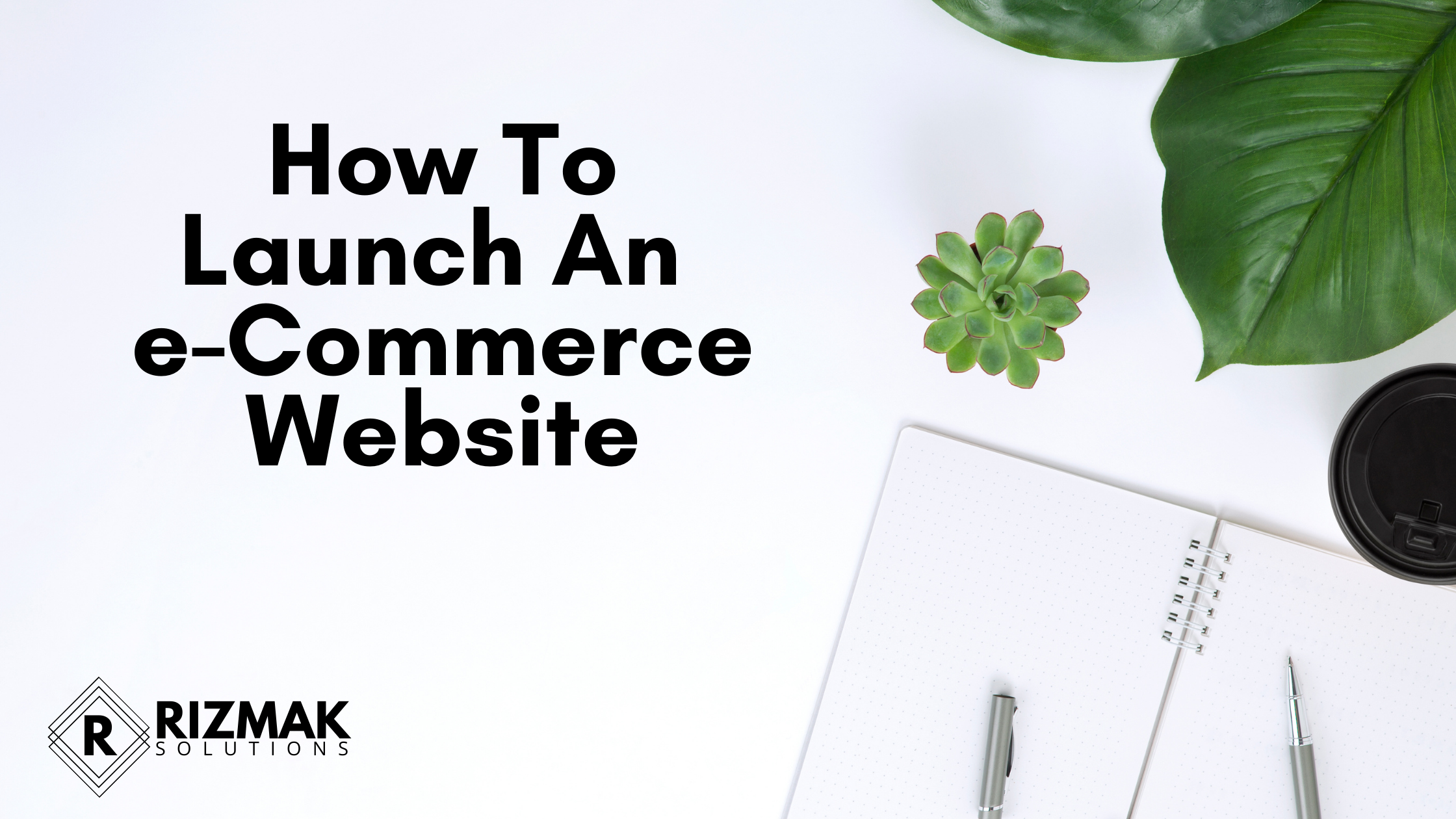[joli-toc]
Let us show what you need to start a strong foundation in building an ecommerce website.
Thanks to the rise of ecommerce it’s never been easier to run your own launch an e-Commerce website online. Yet it can still be a challenging process, and oftentimes knowing exactly how to start an ecommerce business can be remarkably difficult. If you’re a business owner thinking of starting adding an ecommerce store to sell you existing products or services, maybe you know the feeling too. But don’t worry, because in this post we will show you exactly how you can start an e-commerce website for your business that allows you to sell 24/7. It is like having you own full-time store attendant or salesman that does the selling for you and never gets tired.
But before that let us start answering why you should start an e-Commerce store in the first place.
You can get a detailed view of the PROS and CONS of setting up an online store by reading our post on advantages and disadvantages of setting up an your online store that others won’t tell you about.
After going through the reasons why, lets make things organized by using our store launch checklist. We’ll go over everything you need to know to setup your online business. By the end of this post, you’ll see that creating an ecommerce store is much more doable than you might have thought.merry
Ready? Then let’s get started. Here are the items on our checklist.
- Choose a platform

- Buy a domain name
- Setup your payment gateway
- Add important pages
- Email notifications
- Add your product inventory
- Install an analytics tool and pixels
- Setup tax and shipping options
- Create a support channel
- Install essential apps
- Have a marketing plan
- Set up your billing information
- Choose a platform – first step is to know exactly what platform you want to use when building your own store. There are many popular platforms out there with different features and advantages but the main things to consider are:
- Monthly subscriptions or fees – In this post I will suggest 2 of the best platforms out there which is Shopify and WordPress. Shopify starts at $29 a month and you can start out immediately without going through the installation process like WooCommerce. However, WooCommerce platform is free and the only cost will be the hosting to install the platform which you can find at $29 to $100 a year.
- Transaction fees – some platforms take a small percentage of every transaction you successfully make which is one of the things you should consider when building an online store. This is why for business who have a small budget we do suggest to start with a WordPress website which doesn’t charge transaction fees. Shopify charges transaction fees unless you opt for their own payment gateway. Using their Basic plan charges are 2.9% + 30¢ per transaction.
- Features – This is comes down to what you need in your store, if you just want to simply launched an eCommerce store with less flexibility in editing your website you can opt for a platform like Shopify. If you are a person that needs to make a lot of changes in your website at a very affordable price then you can opt for a WordPress website.
- Buy a domain name – this is a must have, consider this as your address online or your custom business name. I always go for simple so I would suggest you use namecheap.com to buy your domain for those who need a country specific extension like .uk, .us, .ae or .cn a quick google search will provide you the best registrars in your country usually your internet or ISP providers have these services as well.
- Setup a Payment Gateway – depending of the type of payments you want to have you can start off with cash
 on delivery or if you are going to use a payment gateway to accept payments through credit or debit cards be ready to add an expense between 2% to 3% per transaction fees. some of the most popular gateways are paypal.com, stripe.com, 2checkout and Alipay. Also to note there are gateways that offer splitting the payments into installments like splitit.com which is great if you are selling high end products.
on delivery or if you are going to use a payment gateway to accept payments through credit or debit cards be ready to add an expense between 2% to 3% per transaction fees. some of the most popular gateways are paypal.com, stripe.com, 2checkout and Alipay. Also to note there are gateways that offer splitting the payments into installments like splitit.com which is great if you are selling high end products. - Add important pages – the must have pages are the pages the essential pages that protects your business and acts a a reference for any visitor and or customer who wants to learn more about your business. The most common ones are:
- Privacy Policy / GDPR page if you plan to sell to Euro countries.
- Terms and Conditions
- Shipping Policy
- Return Policy
- Support or Contact page
- Email notifications – all ecommerce platforms comes with a default feature that notifies your email whenever a new sale occurs. Make sure to add your business email that you have access on your phone or business computer. Each sales that occurs allows you to prepare and finalize the orders.
- Add your product inventory – adding your product inventory will be a tough if you have a large variety of products and may need help if you have more than 100 or more products to sell. Be sure to use high quality images when updating your product inventory.
- Install an analytics tool – apart from getting sales reports, an important tool to have but often neglected by people is the analytics tool. The most common one is a free tool from Google call Google Analytics. You can apply here for free analytics.google.com. This will help you know how much people are coming to your store daily and from where they are coming from. This will help you know which source brings you more sales to your store so you can focus more efforts into promoting into those channels. Another important tool you must utilize is called pixels most major advertising platforms like Facebook and Google are having this tool if you are not using this then you are missing out on a lot of potential sales. We show you in this free ebook how we use retargeting tactics to increase sales using this specific tool.
- Setup Tax and Shipping options – The good thing is most platforms already have this in place so you can easily just put the percentage of tax and the system will automatically charge your buyers whenever they checkout. Another setting to consider is your shipping options, which locations do you want to offer shipments to? It can be just within a small local area and restrict buyers to who are only in that specific location or you can sell internationally and get a much bigger customer base and revenue potential by offering to sell to a wider audience. The shipping options are also available in most popular platforms which you can easily setup along with the shipping rates.
- Create a support channel – Having a support channel allows you to communicate issues, get feedback and inquiries from your customers or visitors. Not only it creates strong customer relations but it increases your repeat customers once they know that you are easy to reach whenever they need assistance about their purchase.
- Install essential apps – There are a plethora of amazing apps that allows you to do many things and customize your website or process to help you run your online business. However, the essential apps that you must install are newsletter or auto responder, contact forms, shipping and marketing apps. Additional apps you might consider are abandonment cart recovery, chatbot and fulfillment apps.
- Have a marketing plan – Why build a website in the first place if no one will visit it it? A marketing plan is mandatory before launching your store. There are free ways to do it but requires you to do an effort in promoting it to high traffic websites like Facebook or classified ads websites and there is the paid promotion which allows you to instantly target an audience based on your preference and get results instantly. Based on your budget and time you have to plan this accordingly. Hire help from someone who has experience if you have the budget to do so.
- Setup billing information or invoicing – you have to setup your billing information which are shown in billing reminders or invoices. This provides credibility to your customers that you are a real business.
There you have it our e-Commerce checklist. We will keep updating this post to add more information and resource to help you build your first online store.




0 Comments